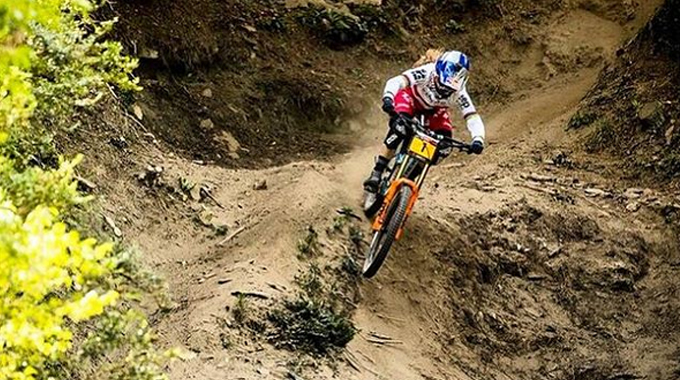Words by Katherine Moore
You only have to look at the entry list for any road or circuit race to see the huge difference between men’s and women’s participation, but the situation is far from dire. Figures show that over 20,000 women have British Cycling memberships, 45% of which hold race licences. Since the London Olympics in 2012, overall women’s membership has grown by a massive 139%. So has this converted to more ladies competing on the track and road?
Professional women’s racing has been growing in exposure year on year, with some 2017 races finally attracting the same prize money as comparable men’s races, such as the British Cycling National Series. Our elite riders in all disciplines are world class, with five medals at the Rio Olympics and numerous World Titles.

The first major step of progress was seeing women’s-only races making an appearance on race schedules. It’s chicken and egg; with relatively few women actively involved in competitive cycling in some regions, leading to less provision being made to accommodate them. As fewer women than men are involved, these races are often run with categories 2, 3 and 4 together, where absolute beginners are set alongside fast and experienced riders. Could this be why some women are put off racing?
The British Cycling’s Women’s Strategy has set out an ambitious target to get one million more women on bikes by 2020, with one of the seven core targets to create ‘opportunities to race and ride’. A 43% increase in the number of race licences since the launch of the strategy in 2013 is indicative of the improved level of female representation in the sport. Here we look at just one of the new ways in which British Cycling is striving to get more women to try racing: The Go-Race Program.












